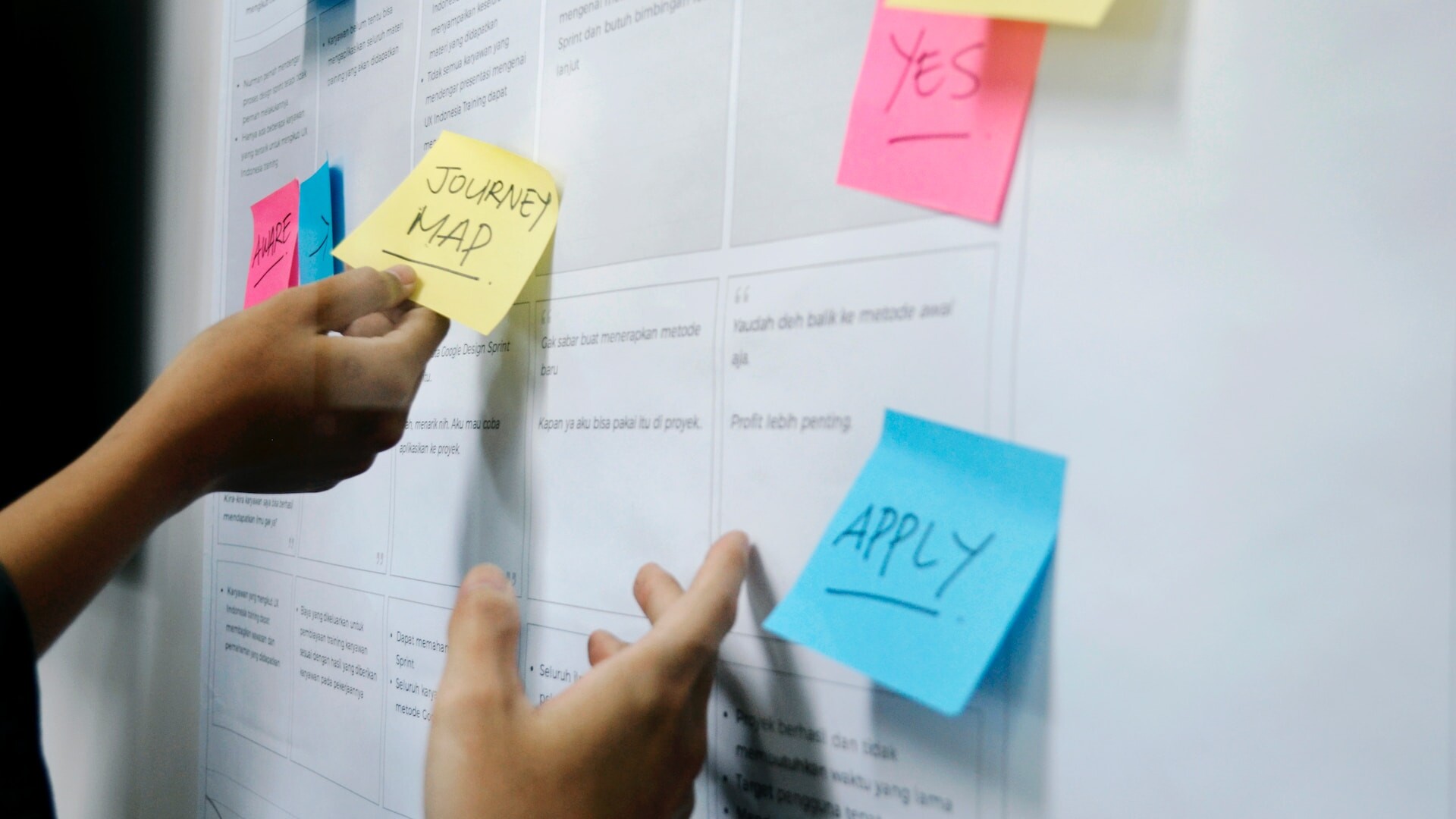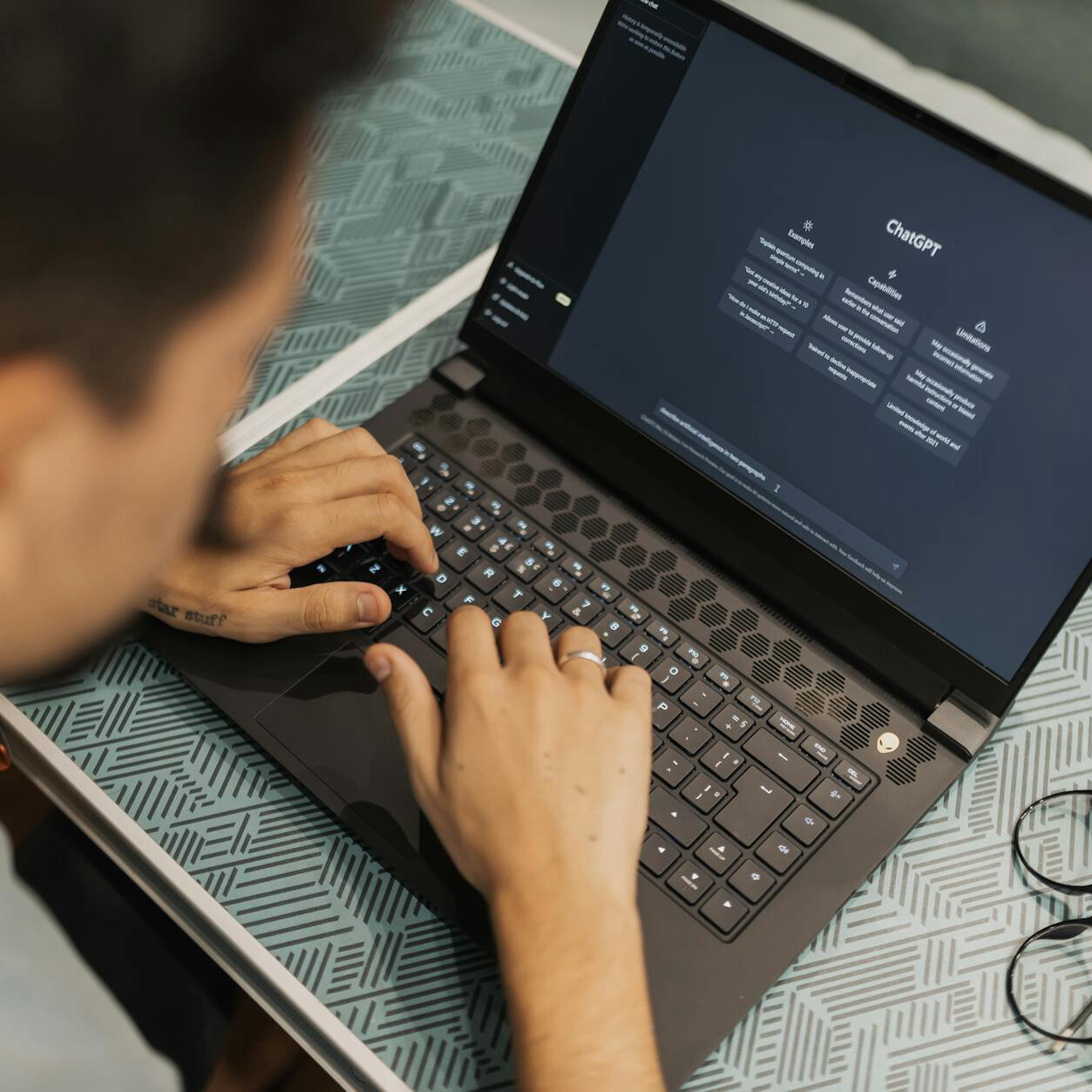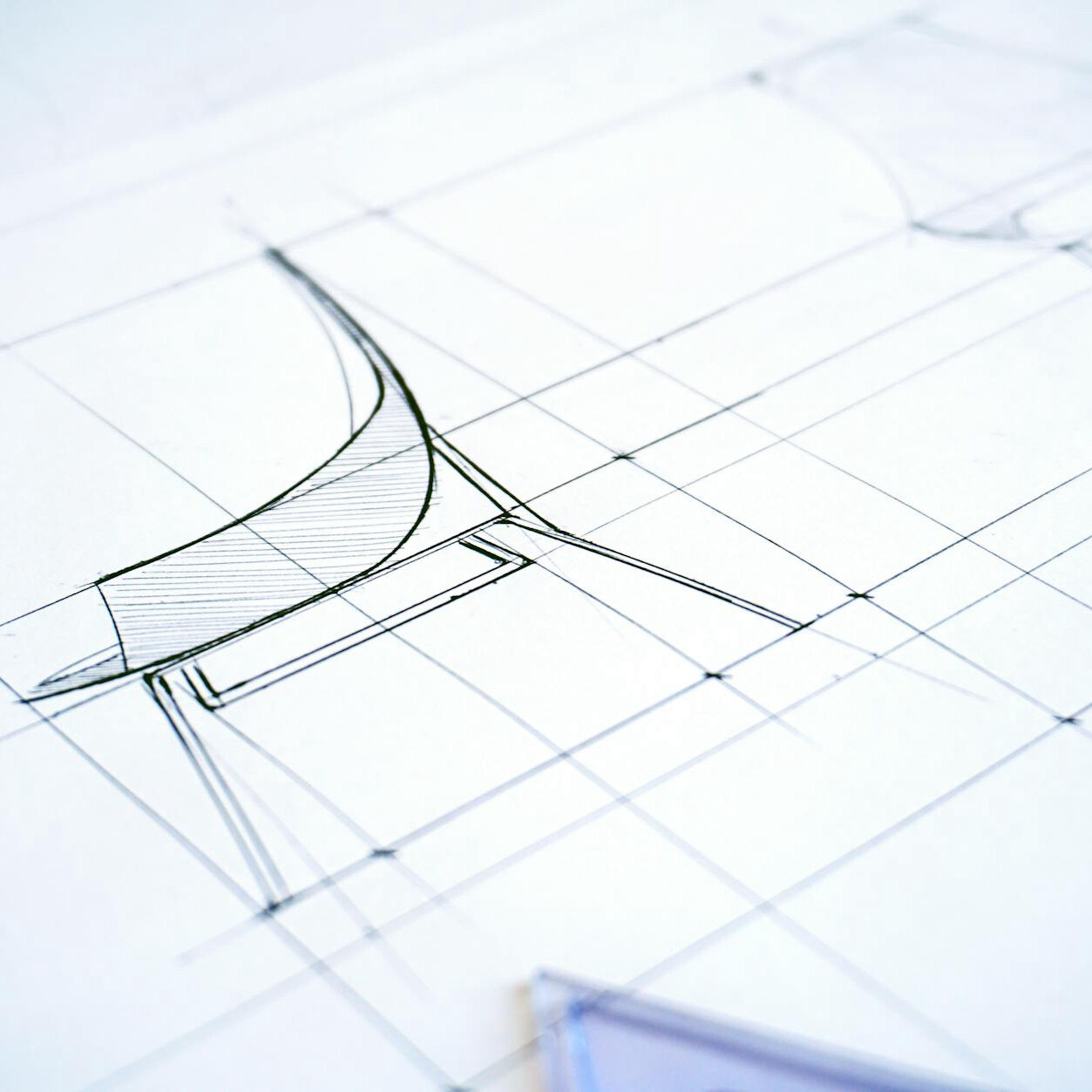- Home
- Accessibility
- Embracing Continuous Methods in UX Design
Embracing Continuous Methods in UX Design
Continuous discovery is an iterative approach to product development that focuses on constantly learning about users’ needs, preferences, and pain points. This process involves regularly conducting research, user interviews, and testing to gather insights that inform and validate design decisions, feature prioritization, and product strategy.
Continuous discovery aims to ensure that product teams are always in tune with their users’ ever-evolving needs and can adapt their products accordingly. By engaging in continuous discovery, teams can avoid building features or functionality that do not resonate with users, thus reducing the risk of wasted resources and increasing the likelihood of creating a successful product.
Some key elements of continuous discovery include:
- Regular user research: Conducting user interviews, surveys, and other research methods to gather insights about users’ needs, goals, and pain points on an ongoing basis.
- Rapid prototyping and testing: Creating low-fidelity prototypes to quickly validate ideas and gather user feedback before investing significant time and resources into development.
- Collaboration: Encouraging open communication and collaboration between cross-functional teams, including designers, developers, product managers, and stakeholders, to ensure a shared understanding of user needs and a unified product vision.
- Data-driven decision-making: Using quantitative data, such as analytics and user behavior metrics, alongside qualitative data gathered through research, to inform design and product decisions.
- Designer’s intuition: While data-driven decision-making is crucial, it’s also essential to trust and leverage the designer’s intuition and expertise. Designers have a unique perspective and understanding of user experience, which can help them identify potential issues or opportunities that may not be immediately evident through data alone. By combining data-driven insights with the designer’s intuition, teams can strike a balance between evidence-based design and creative problem-solving, leading to a more well-rounded and effective product.
- Iterative improvement: Regularly reviewing and refining the product based on user feedback and insights, making continuous improvements to better meet users’ needs and expectations.
By adopting a continuous discovery approach, product teams can ensure they are consistently delivering value to their users, staying ahead of competitors, and adapting to the ever-changing digital landscape.
Continuous Methodologies
In UX design, several activities and processes are conducted continuously to ensure the product evolves with user needs and remains effective and user-centric. Some continuous methods in UX design include regular usability testing, analytics monitoring, A/B testing, user feedback collection, accessibility evaluation, design system maintenance, performance optimization, and collaboration and communication.
Regular usability testing is crucial for identifying issues and areas for improvement in the user experience. Teams can employ a variety of testing techniques, including moderated or unmoderated sessions and remote or in-person testing. Alongside usability testing, continuous analytics monitoring helps teams analyze user behavior data and metrics to identify trends and potential issues, leading to more informed design decisions.
Performing continuous A/B testing allows teams to compare different design variations or feature implementations and determine which options best meet user needs and business goals. In addition, actively gathering user feedback through surveys, reviews, or in-app feedback tools enables teams to identify areas for improvement and prioritize features based on user needs.
Assessing the product’s accessibility is another essential continuous activity, ensuring that the product meets the needs of users with various abilities and disabilities. This includes evaluating aspects such as color contrast, text readability, keyboard navigation, and screen reader compatibility. Furthermore, maintaining a design system helps teams achieve consistency across the product and supports efficient design and development processes. This involves managing components, patterns, and style guides to ensure they remain up-to-date and relevant.
Regularly monitoring and optimizing the product’s performance, such as load times and responsiveness, provides a smooth user experience across various devices and connection speeds. Finally, encouraging open communication and collaboration among cross-functional teams maintains a shared understanding of user needs, project goals, and product vision. This can involve regular meetings, workshops, or design critiques to review progress and share ideas.
By adopting these continuous methods in UX design, teams can create and maintain products that effectively meet user needs, adapt to changing market conditions, and deliver a consistently high-quality user experience.
Related Articles
User Groups and Accessibility Testing
April 29, 2020
The Importance of Grids in Design
July 12, 2024



